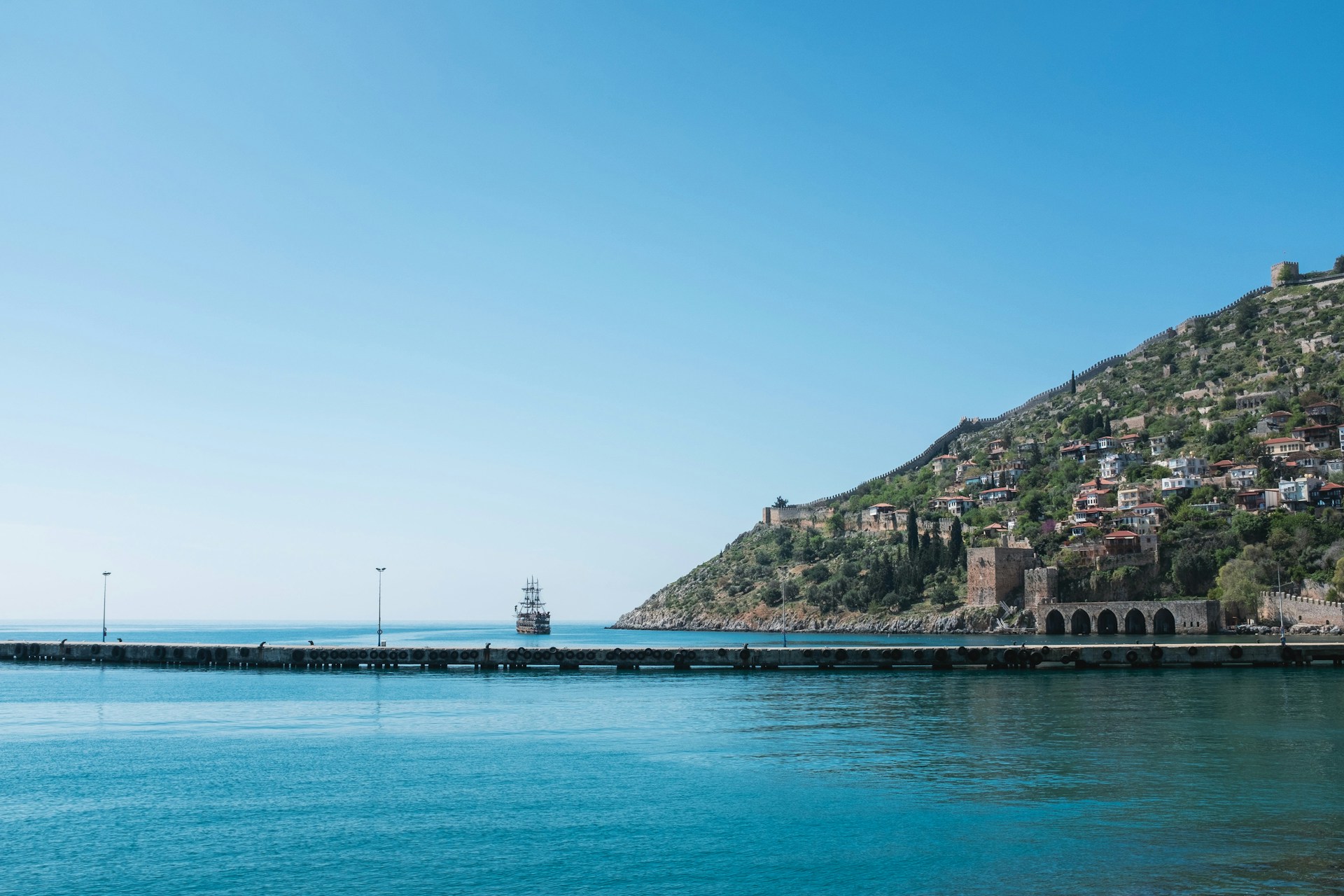
Mastering the Tools and Techniques of Subsea Construction
- Herminia Baker
- December 20, 2024
- Default
- 0 Comments
Underwater construction is a critical part of modern infrastructure development. From repairing underwater pipelines to creating robust marine structures, this field demands precision, expertise, and advanced technology.
With global investments in maritime infrastructure rising, the need for effective underwater construction methods and tools is greater than ever.
This blog covers versatile techniques and top-of-the-line tools used in subsea construction. We’ll explore six major categories of underwater construction methods and provide insights into the equipment for ensuring safety and efficiency in marine environments.
The Basics of Subsea Construction
Underwater construction is both complex and fascinating. It involves building or repairing structures like docks, bridges, pipelines, or offshore platforms submerged in water.
What makes it unique is the intersection of engineering, technology, and human innovation. Unlike regular construction, subsea projects are influenced by factors like pressure, temperature, and water currents.
To handle these challenges, professionals deploy specialized marine construction techniques and equipment to ensure that each project not only meets engineering standards but is also environmentally friendly. From initial groundwork to the final inspection, every process demands the utmost precision.
Confined Diving Techniques for Subsea Construction
Commercial Diving Teams
Underwater construction often relies on skilled commercial divers. These highly trained professionals use confined diving techniques to perform inspections, welding, or repairs underwater. Working at depths that vary project by project, their expertise plays a crucial role in ensuring quality.
Benefits of Commercial Diving
- Adaptability to various tasks, including welding and cleaning.
- Human judgment provides accurate decision-making in time-sensitive situations.
Challenges to Consider
However, relying solely on human divers can be risky. Factors such as decompression sickness, hypothermia, and endurance limits must always be considered when assigning tasks.
Remotely Operated Vehicles (ROVs) for Hazardous Environments
What Are ROVs?
Remotely Operated Vehicles (ROVs) are robotic systems designed to work in conditions where divers cannot safely operate. These machines can execute tasks like excavation, site inspections, and maintenance at significant depths.
Why ROVs Are Essential
ROVs are equipped with high-definition cameras, robotic arms, and sensors. This allows them to perform tasks like underwater excavation or structural assessments with extraordinary precision.
Key Equipment Features
- Cameras for real-time imaging.
- Safety modules to detect varying pressure conditions.
- Robotic claw attachments for fine manipulation work.
Eco-friendly Marine Construction Techniques
Integrating Sustainability
Every underwater construction project needs to account for its impact on aquatic ecosystems. Eco-friendly construction options include using biodegradable materials, limiting waste discharge, and implementing non-invasive techniques like jet-washing.
Bank Stabilization
When building near shorelines, bank stabilization is often required. This technique uses sustainable methods to preserve the structural integrity of riverbanks or shorelines, preventing erosion while ensuring biodiversity isn’t disturbed.
Benefits of a Green Approach:
- Compliance with modern environmental regulations.
- Long-term cost savings through improved durability.
Precision Tools for Underwater Welding
Methods of Underwater Welding
Underwater welding serves as a pivotal technique for repairing structures like ships or oil pipelines. Two primary types of welding are used in marine construction projects—wet welding and hyperbaric (dry chamber) welding.
- Wet Welding involves working directly in the water and is ideal for immediate fixes.
- Dry Welding requires a sealed chamber and offers higher-quality results compared to wet welding.
Essential Tools
Some of the key tools for underwater welding include waterproof electrodes, inflatable workstations, and depth-monitoring devices.
Advances in Deepwater Dredging
The Role of Dredging Machines
Deepwater dredging is vital for creating navigable channels, removing sediment, and preparing sites for large-scale construction. Advanced dredging machines are now equipped with GPS systems and underwater sensors, enabling better excavation accuracy.
Subsea Dredging Tools
Equipment designed for dredging includes suction machines, cutter excavators, and pumping stations. These tools not only improve the speed of dredging but also reduce environmental damage through precise operations.
Applying AI and Data Solutions in Subsea Projects
AI-based Data Collection
Artificial Intelligence (AI) is revolutionizing underwater construction by streamlining data collection and analysis. Sensors and AI platforms are used to map construction sites, monitor ongoing work, and predict future challenges based on real-time data.
Future Trends
The integration of AI with subsea construction tools will likely pave the way for autonomous underwater operations, increasing efficiency while reducing human risk.
Building a Safe and Efficient Underwater Future
Underwater construction is as challenging as it is essential for modern infrastructure. Through the utilization of advanced tools like ROVs, eco-friendly materials, and AI-driven insights, marine projects are becoming safer, more efficient, and more impactful than ever before.
Whether addressing site-specific issues like bank stabilization or improving deep-water dredging operations, these techniques and tools all contribute to future-proofing infrastructure in and underwater.
Understanding this landscape is essential for professionals aiming to excel in the field. With the marriage of human expertise and cutting-edge technology, the future of subsea construction is brighter—and deeper—than ever before.




